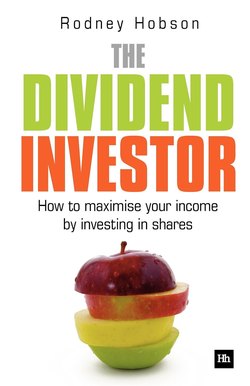Читать книгу The Dividend Investor - Rodney Hobson - Страница 15
На сайте Литреса книга снята с продажи.
Table 1.2 – Sample shareholder votes at company AGMs
ОглавлениеIn fact, for such a major matter there tends to be very little debate of any kind over the dividend. Although boards of directors meet every month, the dividend will be on the agenda only twice a year (or four times if there is a quarterly dividend) and then probably only as an item among the half-year or full-year results.
The finance director (sometimes called the chief financial officer) will draw up the results to be presented to the board and will suggest the size of dividend that is justified by the results. He or she will take into consideration:
the amount of profit that has been made in the relevant period
how much cash the company has in hand
the level of company debt, in particular whether any debts are due to be repaid
the amount of capital spending required in the current financial year
the extent to which income covers interest payments on debt
whether the company has a policy of maintaining or increasing the dividend each year.
Because these are all financial matters, the view of the finance director on what the level of dividend should be is of considerable importance and he or she will almost certainly have a figure in mind. This proposed dividend will usually be discussed with the chief executive, and possibly the chairperson, ahead of the board meeting to see if there is a broad agreement among these key directors.
The finance director’s proposal will be put to the board meeting and if there is no alternative suggestion then that is that. If the chief executive feels strongly that a different amount is appropriate then a second proposal will be put to the meeting for debate and a vote will be taken on the rival amounts. In the event of a tie, the chairperson’s casting vote will decide.
Very often there is no debate, and any discussion would almost always be reasonable and courteous, however good or bad the results. A heated row is highly unlikely and would happen only if the results are disastrous and the dividend has to be reduced or suspended.
In the end, most dividends are agreed unanimously. The scope for manoeuvre is limited by the parameters set by the results.
One item that may be discussed is whether to rebalance the dividend. Sometimes a company may be cautious after the first half and hold down the interim dividend; if all goes well the final dividend can be raised. Thus the final dividend may become disproportionately large compared to the interim. In such a case the board may debate raising the interim dividend by a larger amount than the final to bring the ratio between the two dividends into line with the generally accepted norm of 33:67.
